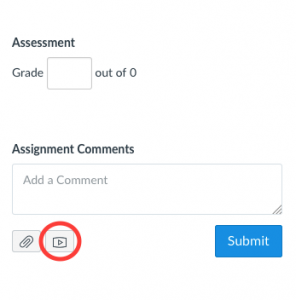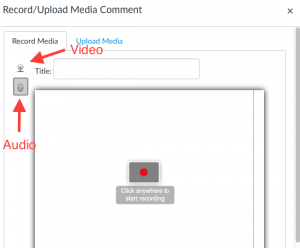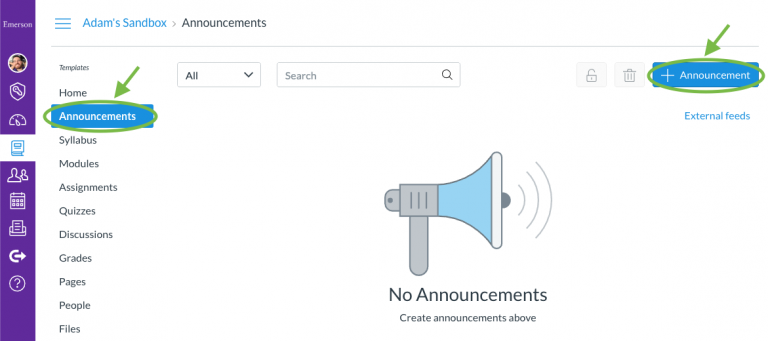Incorporate Video Feedback in Teaching
In traditional educational contexts, providing meaningful feedback to students can enhance their learning and improve their learning performance. In online teaching contexts or in response to assignments submitted for formal assessment, providing written feedback is considered to be the most commonly used format.
Research shows that video feedback can effectively enhance students’ engagement. For example, Crook & Park (2012) showed that video feedback enabled the provision of rapid, accessible, and engaging, generic feedback, and most staff and students agreed that video-enhanced their feedback experience.
In online classes especially, students find it difficult to engage with course content, assignments, and their instructor and classmates. Video feedback allows instructors to “help students take in feedback as part of an ongoing conversation about their work instead of a personal criticism” (Thompson & Lee, 2012, p.14).
There are different formats when using video feedback:
- Voice-over with screencasting/screen-recording: For some complex assignments, using screencasting together with spoken commentary allows instructors to provide students with in-depth feedback and/or evaluation with a demonstration. For example, when instructors use video comments for response papers and written assignments, they can zoom in and highlight the portions for discussion while scrolling through the document.
- Using video commentary as the feedback: Different than written feedback, the organized voice feedback with or without the instructor’s facial expressions transform feedback into an ongoing conversation. It is easier for instructors to show appreciation, introduce new ideas, ask questions, and provide suggestions for next steps in this dynamic format.
Although video feedback has a positive impact on students’ learning, it requires that instructors spend additional time at the computer and find a quiet place to record the video. Here are some tips to mitigate those technological challenges:
- Become familiar with the online teaching platform and video recording devices available. Research and test the steps to record video and upload to the platform as feedback.
- Prepare/organize the narration by drafting an outline before recording the video.
- Review the final version of the video, and edit if necessary.
In Canvas at Emerson, instructors can add a video comment directly to an assignment submission. Here are the instructions:
- Click on the assignment and go to “Submission Details.”
- On the right side of the screen, under the “Add a comment” box, either click on “Media Comment” to record a video or audio, or click on “Attach File” to choose pre-recorded media files from your device.

- If you want to record video or audio, click on “Media Comment” and then click on either the “video” or “audio” icon to enable the recording device. If the request for access pictured below appears, click “Allow.”
- Click on the red dot to record media. When finish recording, you may review and click on the “Save” button to send the media comment.




